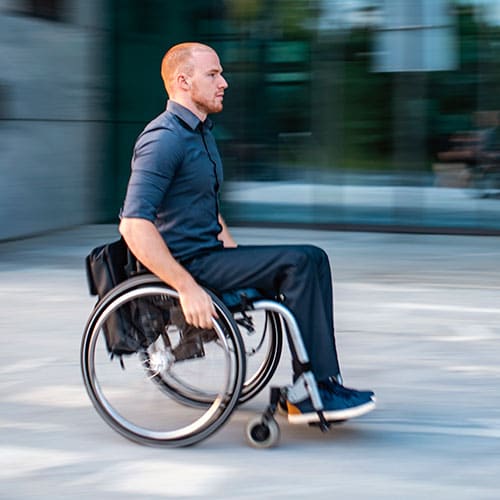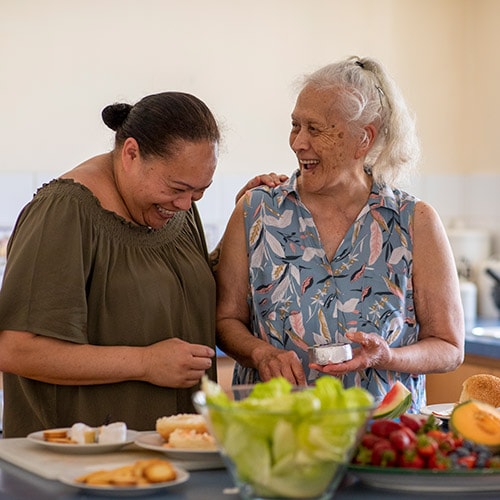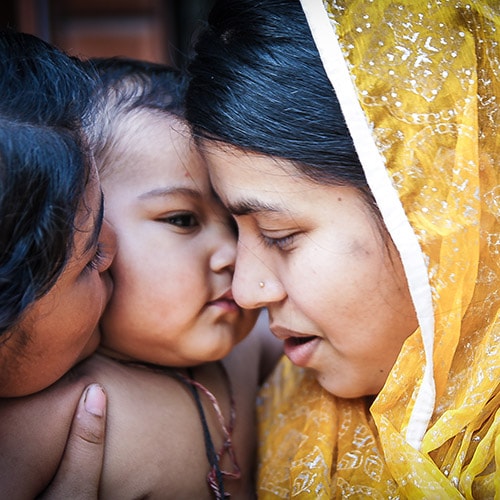Work Toward Health Equity
Domestic and International Initiative, Programs, and Priorities
Health equity is already embedded in several initiatives, programs, and priorities of CDC’s Division of Nutrition, Physical Activity and Obesity (DNPAO), and we continue to expand our efforts. The following examples reflect our current efforts to address the health of specific groups that experience health disparities in the United States and internationally.

Active People, Healthy NationSM is a national CDC initiative to help 27 million Americans become more physically active by 2027. DNPAO provides resources to communities and partners to put into action evidence-based strategies that increase access to physical activity opportunities. Each strategy can be designed to support the goal of equitable and inclusive access to opportunities for physical activity.

Racial and Ethnic Approaches to Community Health (REACH) recipients work to reduce health disparities among populations with a high burden of chronic diseases such as hypertension, heart disease, type 2 diabetes, and obesity. Recipients design culturally tailored interventions to address preventable risk behaviors such as tobacco use, poor nutrition, and physical inactivity. REACH has worked with over 180 communities in more than 20 years to create environments that make healthy choices easier.

State Physical Activity and Nutrition Program (SPAN) recipients work to implement evidence-based strategies at state and local levels to improve nutrition and physical activity. Recipients are encouraged to use a community-based participatory approach to develop an action plan that builds on existing assets and coalitions. Recipients work to address disparities related to poor nutrition or physical inactivity. Disparities may stem from race, ethnicity, geography, mobility limitations, intellectual or developmental disability, primary language, health literacy, or income.

High Obesity Program (HOP) recipients are land grant universities that work with community extension services. They aim to increase access to healthier foods and safe and accessible places for physical activity in counties where more than 40% of adults have obesity. Land grant universities tailor programs to the needs, environment, and unique characteristics of the local community to reduce disparities.

International Micronutrient Malnutrition Prevention and Control (IMMPaCt) seeks to end vitamin and mineral deficiencies (micronutrient malnutrition) among the most affected groups. Globally more than half of children younger than 5 years old suffer from vitamin and mineral deficiencies. Working with partners, IMMPaCt primarily supports optimal intake of iron, vitamin A, iodine, folate, and zinc.

Breastfeeding is a highly effective way to protect the health of infants and mothers. Breastfeeding rates vary by geographic location, socioeconomic status, and race/ethnicity. DNPAO works to reduce disparities in breastfeeding by promoting best practices in maternity care settings and supporting breastfeeding families at work and in their communities. DNPAO is committed to increasing US breastfeeding rates, especially among infants who are Black as they consistently have lower breastfeeding rates than the national average.

Infant and Toddler Nutrition emphasizes good nutrition in the first 2 years to help give children a healthy start. The Dietary Guidelines for Americans and the American Academy of Pediatrics recommend introducing complementary foods to infants at around 6 months. However, 1 in 3 US infants are introduced to complementary foods before 4 months. Black infants and infants in households with a lower socioeconomic status have a higher prevalence of early introduction of complementary foods. DNPAO supports the development of clear, concise, and accurate resources about feeding young children to help parents, caregivers, and providers care for families in all communities.

Early Care and Education (ECE) is an important setting for obesity prevention, including healthy eating, physical activity, and reduced screen time. About 12.5 million children birth through age 5 who are not yet in kindergarten are in a nonparental care arrangement at least once a week.
DNPAO provides technical assistance to state and local programs on strategies that promote health equity in the ECE setting. Examples of state efforts through CDC-supported cooperative agreements include connecting programs that serve low-income families to the Child and Adult Care Food Program; training ECE providers on physical activity for children with disabilities and special health care needs; providing culturally-tailored, nutritious foods; translating materials to Spanish and other languages; and providing equity training opportunities for state ECE staff.

Healthy Food Environments are essential because when healthy foods are not available, people may settle for foods that are higher in calories and lower in nutritional value. DNPAO provides strategies and guidelines to help make healthy food more affordable and accessible in places where people live, learn, work, play, and heal. In healthy food environments, people have enough food to eat, and the food provides the nutrition required for optimal health.

Family Healthy Weight Programs include projects to stem the US obesity epidemic. More than 14 million US children and adolescents live with obesity, and obesity is more common in households with lower incomes. DNPAO supports these projects:
- Childhood Obesity Research Demonstration (CORD) focuses on adapting, testing, and packaging effective programs to reduce obesity among children from lower-income families.
- Childhood Obesity Management with MEND Implementation Teams (COMMIT) aims to increase use of an evidence-based family healthy weight program in federally qualified health centers in underserved areas.
- The Clinical and Community Data Initiative (CODI) leverages existing information technology tools in innovative ways to facilitate access to obesity data across health systems and sectors.
